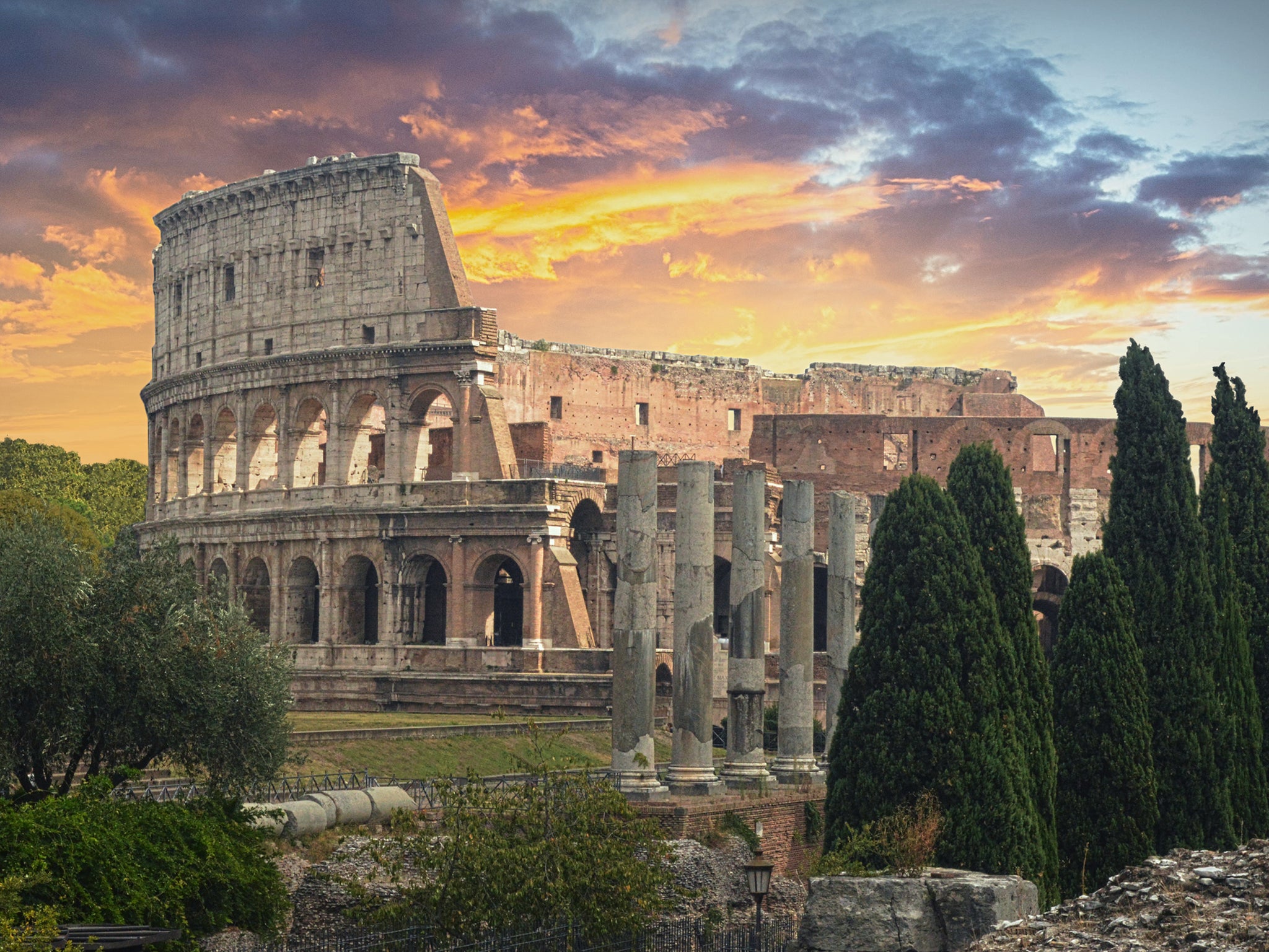An unfunny thing happened on the way to the Forum, thanks to an American vandal
In the latest in his series of reflections on memorable places and pathways, Will Gore considers an incident of historical theft


All roads lead to Rome.
Well, they did 1,900 years ago anyway. By the time you glimpsed the Colosseum, the chariot traffic was dreadful.
On my only visit to the city, I arrived by train. We had been in Pompeii, where a friend was working as an archaeologist; it was a full-on Roman history trip.
In Italy’s capital, the heat rose as it can only do in Europe’s great southern cities, where stone and brick is slowly desiccated by a blinding sun, and tempers are quick to flare and just as swift to dissipate.
We were a three – me, my girlfriend and my best pal from university. We had recently finished our degrees and were nervously awaiting results. By evening we ate pizza and drank cheap wine; by day we did the historical sights, meandering from one to the next, always keeping an eye open for speeding mopeds.
The Baths of Caracella, built towards the beginning of the third century, were strikingly monolithic; the Colosseum itself, stupendous of course. Likewise the Pantheon. Up on the Palatine Hill, from where emperors and aristocrats once surveyed their people, we found the breath of a breeze and momentary peace above the buzz of the rest of the city.
At the foot of the hill, the Forum was alive with tourists: just as Rome once drew incomers from every corner of the empire, so the imperial remains still pull a global crowd.
I quite often think of that pathetic individual, who was so inspired by a historical monument that he was moved to destroy a small piece of it.
We ambled down to join our fellow visitors, all – we supposed – as in awe of the place as we were, and as ardent about its preservation.
People milled about, drawn like magnets to the most impressive of the ruined monuments: the Temple of Saturn, for one; the Arch of Septimius Severus for another. Other ruins, of the sort that would be remarkable anywhere else, almost paled into insignificance by comparison and were passed without a second glance.
One couple seemed more interested than most, however, examining a small structure that I could not identify, in a tucked-away corner. Maybe I was intrigued by their attentions; perhaps suspicious – I watched them as they looked this low wall up and down, from every angle.
Then, bold as brass, the man evidently found the handhold he was looking for and wangled a stone out of the structure: a piece of masonry which had perhaps been in that spot for two millennia, ripped out by the brute force of an American tourist (yes, I heard his accent).
He opened his partner’s rucksack and popped this dull lump of brick inside; a blatant theft, an act of vandalism, with which to remember the immensity of imperial Rome’s architectural achievement.
I quite often think of that pathetic individual, who was so inspired by a historical monument that he was moved to destroy a small piece of it. What does he say when friends and relations come to call?
“That unidentifiable thing on the mantelpiece? Yeah dude, I stole it from ancient Rome. Cool huh?”
There is of course a rich tradition of stealing historical artefacts: but it’s something better left in the past.
Join our commenting forum
Join thought-provoking conversations, follow other Independent readers and see their replies
Comments